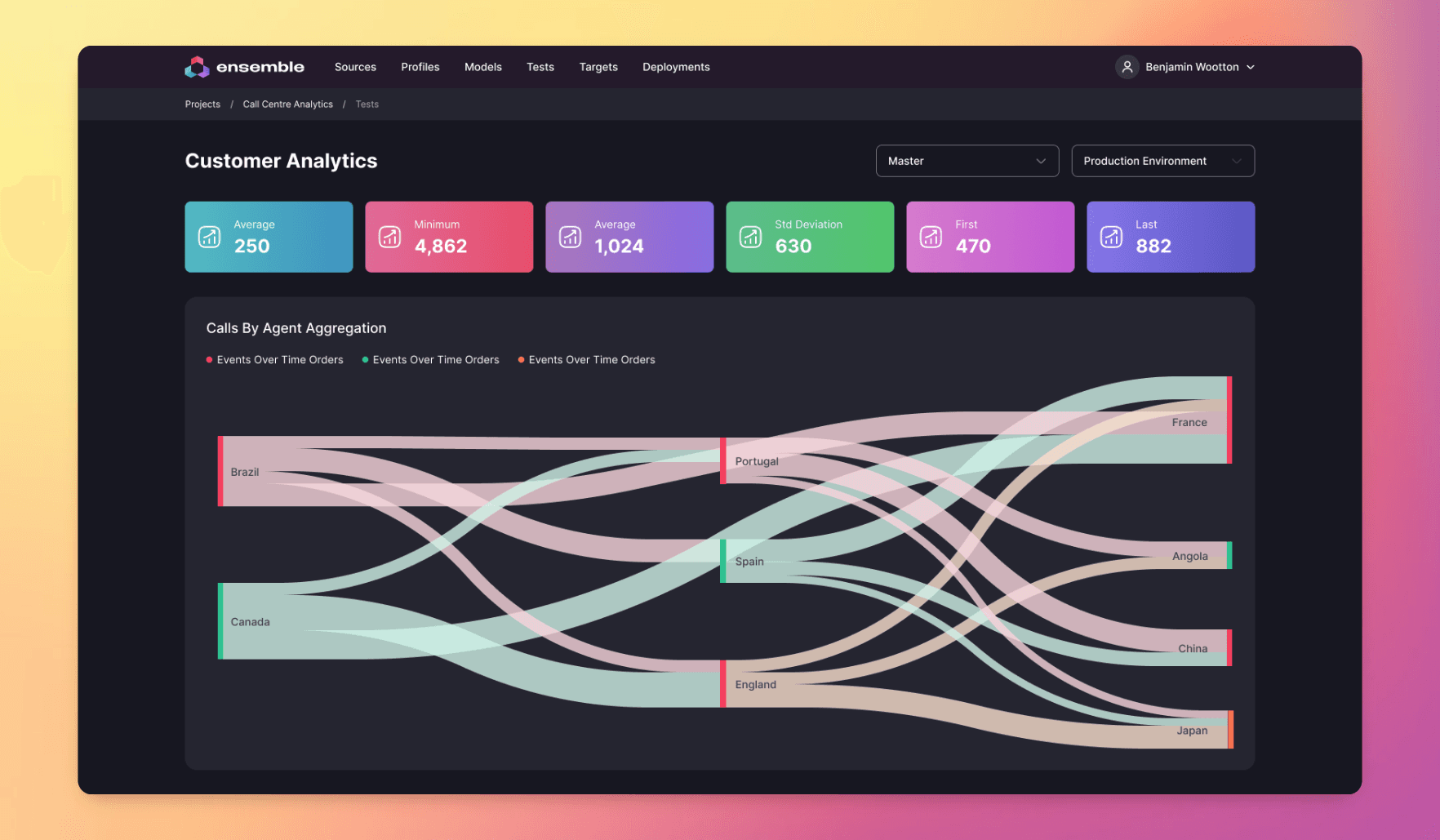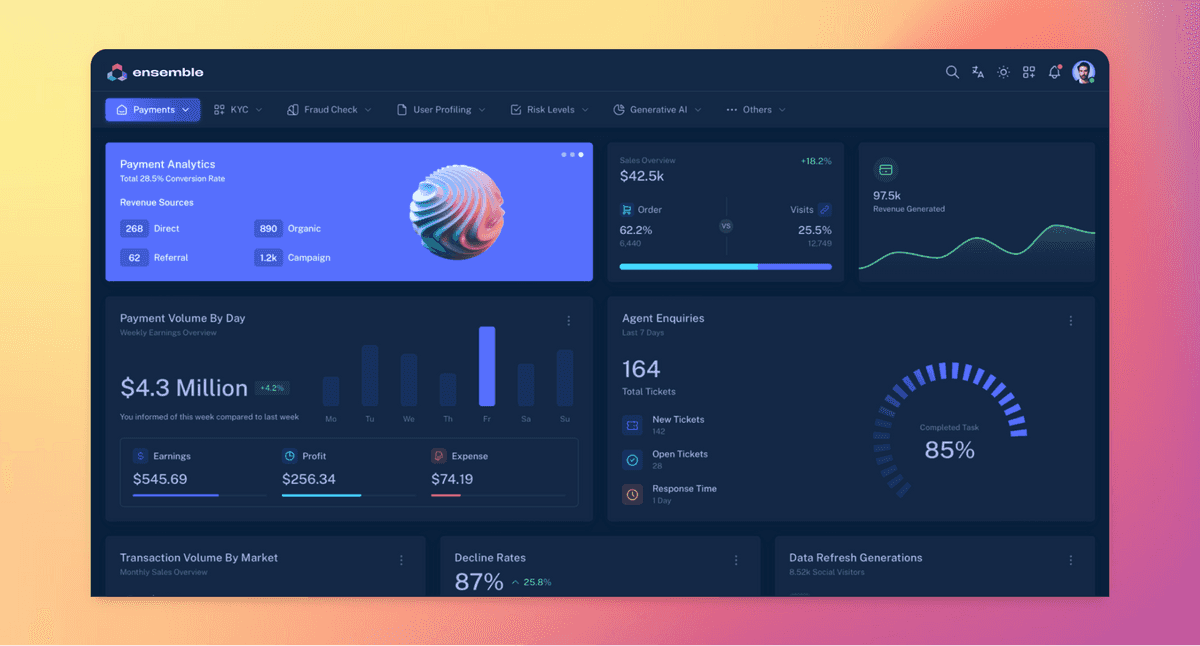
Analytics can significantly contribute to improving knowledge management within an organization by enhancing the discovery, sharing, and application of knowledge. Here are several ways analytics can be leveraged for knowledge management:
Content Analytics
Analyzing content within documents, emails, and other repositories using natural language processing (NLP) can help identify key themes, trends, and insights. This allows organisations to understand the content landscape and prioritize knowledge areas.
Search and Discovery Optimization
Analytics can improve search algorithms to enhance knowledge discovery within the organization. By analyzing search patterns and user behavior, organisations can refine search results, making it easier for employees to find relevant information.
User Behavior Analytics
Analyzing user behavior within knowledge management systems provides insights into how employees interact with information. This can help identify popular content, areas with low engagement, and patterns that inform the design of user-friendly interfaces.
Knowledge Usage Metrics
Tracking metrics related to knowledge usage, such as page views, document downloads, and collaboration patterns, provides insights into the relevance and effectiveness of different pieces of knowledge. This information can guide content curation and updates.
Expertise Identification
Analytics can help identify subject matter experts within the organization by analyzing collaboration patterns, contributions to knowledge repositories, and expertise demonstrated in interactions. This facilitates efficient knowledge sharing and mentorship.
Collaboration Analytics
Analyzing collaboration tools and platforms can provide insights into how teams share and co-create knowledge. organisations can identify successful collaboration patterns and encourage knowledge sharing practices that lead to positive outcomes.
Social Network Analysis
Social network analysis can be applied to identify informal networks and communities of practice within the organization. Understanding how information flows through these networks helps in fostering collaboration and strengthening knowledge sharing.
Knowledge Gap Analysis
Analytics can help identify gaps in knowledge by analyzing the content available and comparing it against the skills and knowledge needed for organizational objectives. This informs training and development initiatives to address knowledge deficiencies.
Decision Support Analytics
Using analytics to support decision-making processes ensures that decisions are informed by relevant and up-to-date knowledge. This involves integrating analytics into decision workflows to provide insights and recommendations based on available knowledge.
Continuous Learning and Training Analytics
Analyzing data related to employee training and learning programs helps assess the effectiveness of these initiatives. This includes tracking completion rates, identifying areas of low engagement, and adapting training content based on analytics insights.
Knowledge Retention Strategies
Analytics can help identify critical knowledge that is at risk of being lost due to retirements or turnover. organisations can develop targeted strategies for capturing and transferring this knowledge to ensure continuity.
Compliance and Risk Management
Analytics can be applied to monitor and ensure compliance with organizational policies and industry regulations. This includes tracking access to sensitive information, ensuring proper documentation, and identifying potential risks.
Feedback and Sentiment Analysis
Analyzing feedback and sentiment related to knowledge resources helps organisations understand user satisfaction and identify areas for improvement. This information can guide updates and enhancements to knowledge management systems.
By incorporating analytics into knowledge management processes, organisations can create a more informed and responsive learning environment. These insights can drive continuous improvement, support decision-making, and foster a culture of collaboration and knowledge sharing within the organization.
Technical Foundations
Unfortunately, traditional tools and approaches to data and analytics do not scale to deliver solutions like this.
There are too many delays in the process, and the systems often used are not performant enough to process high volumes of data with low latency. In addition, traditional business intelligence tools are not rich and flexible enough to meet the business demands.
This technology stack needs to be re-invented for the cloud, with tools and architectural patterns that are built for real-time advanced use cases and predictive analytics:

Introducing Ensemble
We are Ensemble, and we help enterprise organisations build and run sophisticated data, analytics and AI systems that drive growth, increase efficiency, enhance their customer experience and reduce risks.
We have a particular focus on ClickHouse, the fastest open-source database in the market, which we believe is the fastest best data platform for systems like this.
Want to learn more? Visit our home page or download our free report that describes the process for implementing advanced analytics in your business.



